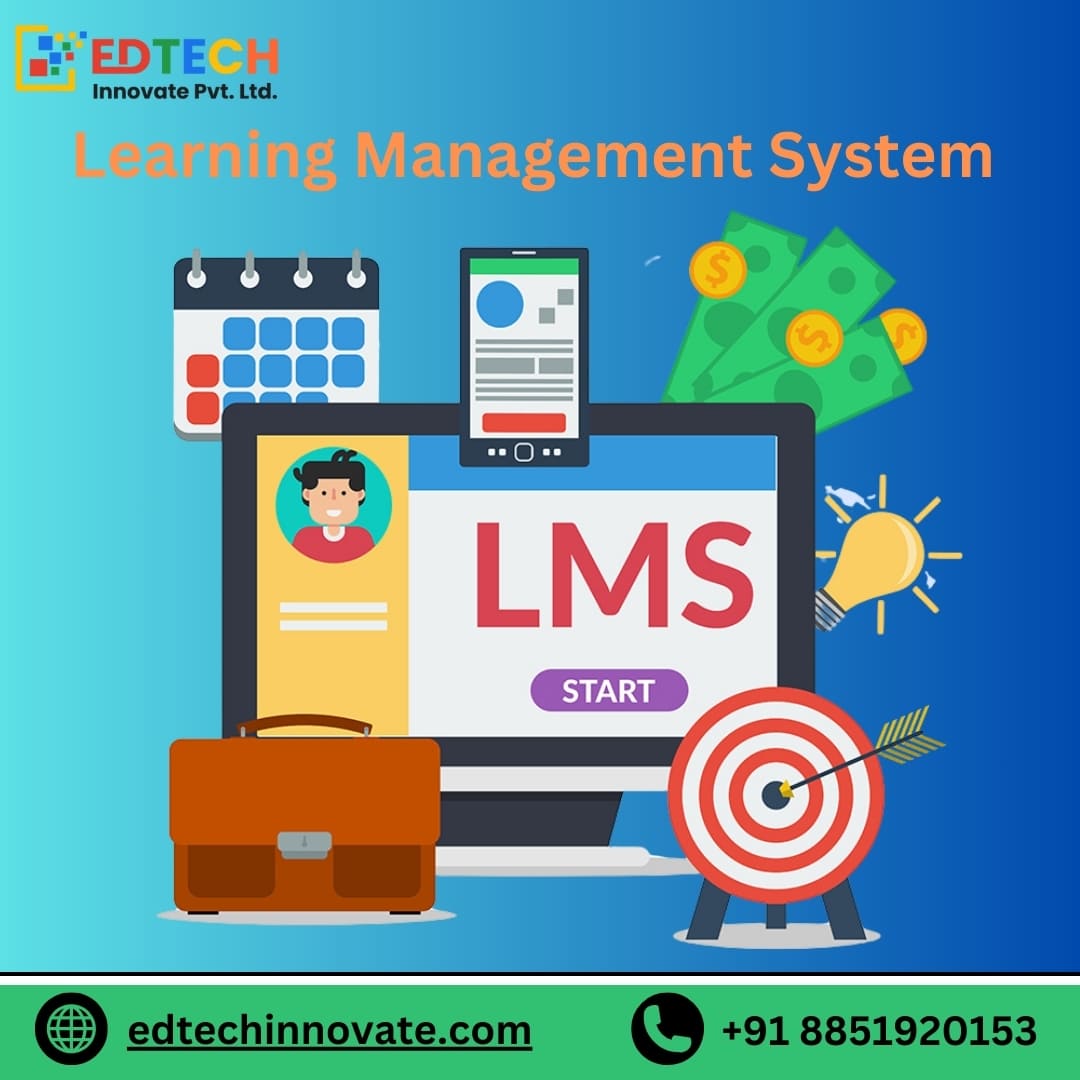In today’s competitive business landscape, organizations are continuously striving to ensure that their workforce possesses the necessary skills to excel. A Learning Management System (LMS) has emerged as a powerful tool for skill development and plays a vital role in skill gap analysis. This process helps businesses identify the gap between the skills employees currently have and those required to perform their roles effectively. In this article, we will explore how an LMS can be used for skill gap analysis, along with its integration with other Edtech tools such as Customer Relationship Management (CRM), Admission Management Systems, and online exam portals.
What Is Skill Gap Analysis?
Skill gap analysis is the process of evaluating the current skill levels of employees or learners and comparing them to the skills needed for their current or future roles. It helps organizations pinpoint areas where additional training or development is necessary, contributing to individual growth and organizational success.
The Role of a Learning Management System in Skill Gap Analysis
A Learning Management System plays a critical role in conducting skill gap analysis by providing the tools to track learner progress, assess performance, and offer personalized learning experiences. Here’s how an LMS can be utilized for this purpose:
1. Tracking Learning Progress and Outcomes
An LMS allows organizations to monitor learners’ progress throughout their courses. By analyzing completed modules, assessment scores, and other performance metrics, an LMS helps highlight where learners excel and where skill gaps exist.
Example: If employees consistently score low on certain technical modules, the LMS can flag this area for improvement, enabling organizations to create targeted training interventions.
2. Utilizing Assessment Tools for Skill Evaluation
LMS platforms come equipped with quizzes, assignments, and interactive activities that measure employees’ knowledge. These assessments help identify specific areas where skill gaps exist and allow organizations to tailor their training accordingly.
Example: Organizations can use an LMS to administer pre-training and post-training assessments. The results of these assessments can reveal the effectiveness of the training and the specific skill gaps that need further attention.
3. Customizable Learning Paths
One of the biggest advantages of an LMS is its ability to offer personalized learning paths. After identifying a skill gap, the LMS can recommend or assign specific courses or modules to help learners improve in the areas they need.
Example: If an employee lacks leadership skills, the LMS can automatically recommend or assign a course focused on leadership development and management techniques.
4. Data Analytics for Skill Insights
An LMS offers powerful data analytics tools that generate reports on learner performance in real time. These insights help organizations identify trends and gaps in skills across departments, enabling data-driven decisions for workforce development.
Example: HR teams can use LMS data analytics to detect common skill gaps across various departments and design a training program that addresses these gaps effectively.
5. Integration with Other Edtech Tools
An LMS can be integrated with other Edtech tools such as CRM systems, Admission Management Systems, and online exam portals to enhance the skill gap analysis process.
CRM Integration: A Customer Relationship Management system can track customer interactions and provide insights into areas where employees may need to improve, such as customer service skills.
Admission Management System Integration: Educational institutions can compare student performance data from Admission Management Systems with LMS data to identify academic skill gaps.
Online Exam Portal Integration: Online exam portals allow organizations to conduct remote assessments, facilitating the evaluation of practical skills and knowledge. When integrated with an LMS, this provides a comprehensive approach to skill gap analysis.
Leveraging Online Exam Portals for Skill Gap Analysis
Online exam portals are an excellent tool for assessing both theoretical knowledge and practical skills. When combined with an LMS, they offer a seamless way to evaluate employee performance through remote exams, quizzes, and certifications.
Example: After completing a software development course, employees can take an online exam through an exam portal. The LMS then analyzes the results to determine the areas where the learners still need improvement.
Benefits of Using an LMS for Skill Gap Analysis
Utilizing a Learning Management System for skill gap analysis offers several key benefits:
- Efficiency: LMS platforms automate the process of tracking and analyzing skills, making it faster and more accurate.
- Personalization: Customizable learning paths ensure that learners receive targeted training to address their specific skill gaps.
- Scalability: An LMS can analyze the skills of hundreds or thousands of learners at once, making it ideal for large organizations.
- Cost-Effectiveness: Identifying and addressing skill gaps early helps organizations avoid costly mistakes and boost productivity.
- Continuous Learning: Skill gap analysis through an LMS promotes continuous learning, helping employees stay up to date with industry trends.
Best Practices for Skill Gap Analysis Using an LMS
To maximize the effectiveness of skill gap analysis through an LMS, organizations should follow these best practices:
1. Define Core Skills and Competencies
Before beginning a skill gap analysis, clearly define the key skills required for each role. This ensures that the LMS evaluates the most relevant areas.
2. Utilize a Variety of Assessments
Employ different types of assessments, such as quizzes, case studies, and simulations, to gain a comprehensive view of learners’ abilities.
3. Regularly Update Learning Content
Ensure that the LMS content is regularly updated with the latest industry trends, so learners always have access to relevant skills development resources.
4. Integrate with Other Edtech Systems
Integrating an LMS with other tools like CRM systems, Admission Management System, and online exam portal can provide a more holistic view of skill gaps and learner progress.
5. Continuously Monitor Progress
Skill gap analysis is not a one-time event. Continuously monitor learner performance using the LMS and make adjustments to training programs as necessary.
The Future of Skill Gap Analysis with LMS and Edtech Tools
As technology advances, Learning Management Systems will evolve to provide even more sophisticated tools for skill gap analysis. With the integration of artificial intelligence and machine learning, future LMS platforms will likely offer predictive analytics and personalized learning experiences, making it easier for organizations to stay ahead in skill development.
Conclusion
A Learning Management System is a powerful tool for conducting skill gap analysis, especially when integrated with other Edtech tools such as CRM systems, Admission Management Systems, and online exam portals. By leveraging these tools, organizations can create targeted training programs that close skill gaps and improve overall performance. Conducting regular skill gap analyses with an LMS ensures that businesses and educational institutions remain competitive by fostering a culture of continuous learning and development.

